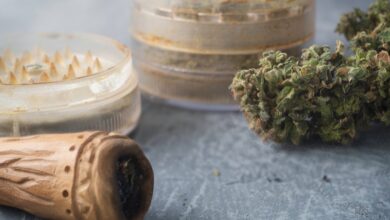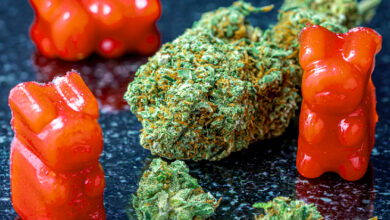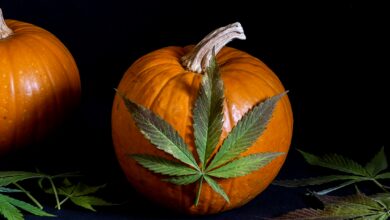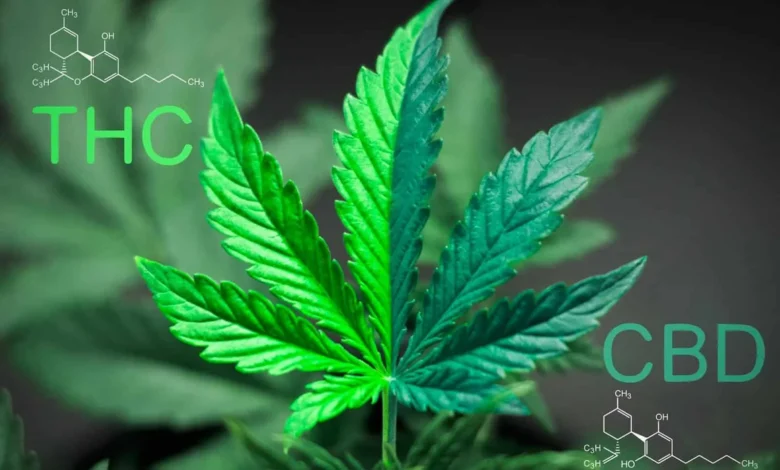
Discussing the Differences Between THC and CBD
THC and CBD are cannabinoids found in cannabis, which has gained popularity for its medicinal and recreational properties. This article provides some points of comparison between THC and CBD, discussing their uses, effects, and legal status in the United States.
Physical Differences
Cannabis plants are primarily classified into two types: hemp and marijuana. Hemp plants typically have a high CBD to THC ratio, with THC content below 0.3%, while marijuana plants possess a higher THC content, making them more suitable for recreational use. THC (tetrahydrocannabinol) and CBD (cannabidiol) share a similar molecular structure, with both compounds containing 21 carbon atoms, 30 hydrogen atoms, and 2 oxygen atoms. However, a slight difference in their arrangement gives them distinct properties and effects.
Both THC and CBD can be consumed in various ways, including inhalation, ingestion, sublingually, and topically. Popular methods include smoking or vaporizing cannabis flowers, consuming edibles, using tinctures or oils, and applying creams or balms. Each method may result in different onset times and durations of effects, catering to users’ individual preferences and therapeutic needs. One notable variation of THC is delta 9 THC, which exhibits similar psychoactive properties to THC. It’s important to research different types and formulations before consumption to ensure the desired effects are achieved.
Effects and Applications
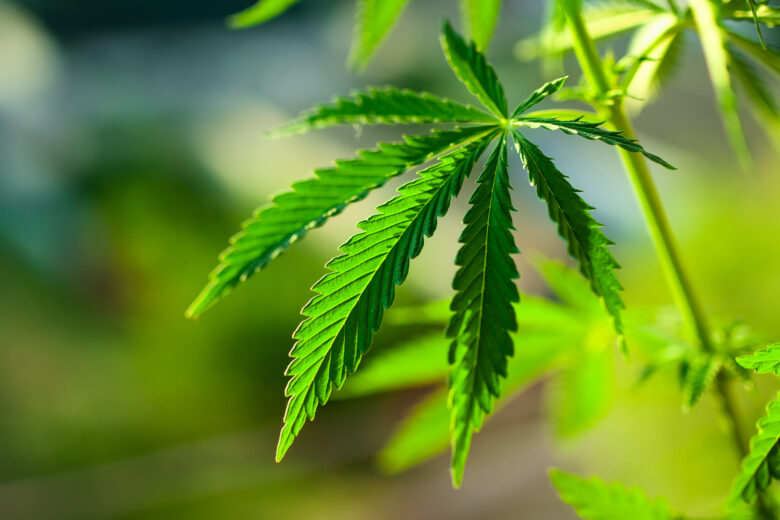
One of the most significant differences between the two cannabinoids is their psychoactivity. THC is the main component responsible for the ‘high’ in marijuana, while CBD is non-intoxicating.
THC binds with the CB1 receptors in the brain, creating euphoria, altered perception, and psychoactive effects. CBD, on the other hand, weakly binds to these receptors, and can even counteract the psychoactive effects caused by THC.
Side effects of these cannabinoids typically depend on the dosage, method of consumption, and individual sensitivities. While THC may cause temporary sensations such as dry mouth, red eyes, and increased heart rate, CBD is typically well-tolerated, with potential side effects including dizziness, drowsiness, and dry mouth.
Both THC and CBD have a wide range of medicinal applications, but they primarily aid in different ways. While CBD is largely used for its anti-inflammatory, analgesic, antipsychotic, and anticonvulsive properties, THC is known for its appetite stimulation, pain relief, muscle relaxation, and sleep-inducing tendencies.
Although THC and CBD are often discussed separately due to their distinct properties, they can actually work together to enhance their therapeutic potential through a phenomenon known as the entourage effect. This concept suggests that the cannabinoids, terpenes, and flavonoids found in the cannabis plant work synergistically, contributing to a more effective therapeutic experience than any single compound alone.
Legality & Accessibility
THC and CBD are subject to different legal statuses in the United States. While many states have legalized THC for medical and recreational purposes, it remains federally illegal under the Controlled Substances Act, classified as a Schedule I substance.
Conversely, CBD derived from hemp (containing less than 0.3% THC) was federally legalized with the passing of the 2018 Farm Bill. However, CBD derived from marijuana remains federally illegal, and state regulations on CBD sales vary widely.
With the growing interest in cannabinoids and their potential benefits, the market has expanded to offer numerous products containing THC, CBD, or both. In regions where THC is legal, dispensaries provide access to edibles, tinctures, and other THC-based products. For CBD, the market offers a more extensive range of options, from oils and creams to tinctures and capsules, which can be found in online and physical stores, even in states where THC is illegal.
Beyond THC and CBD, there are more than a hundred other known cannabinoids in the cannabis plant, such as cannabigerol (CBG), cannabichromene (CBC), and cannabinol (CBN). These lesser-known cannabinoids are being researched for their potential therapeutic benefits, paving the way for a more comprehensive understanding of cannabis as a whole.
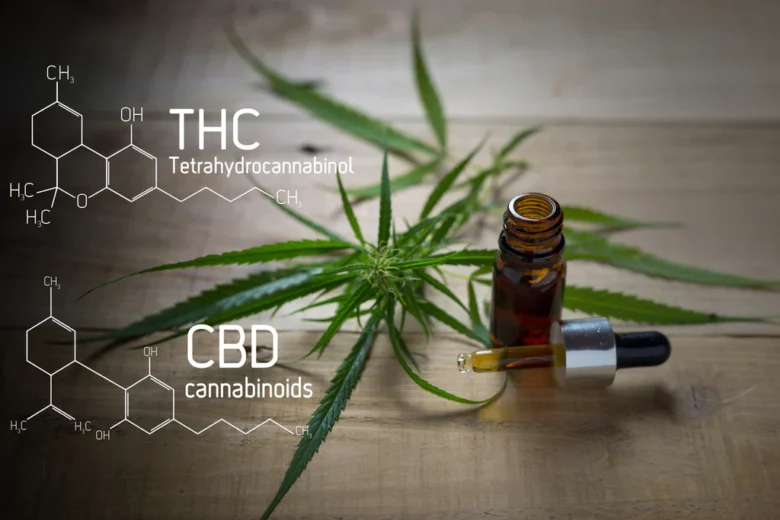
Final Thoughts
Understanding the differences between THC and CBD is crucial when considering the use of cannabis for medicinal or recreational purposes. Both compounds offer unique properties and effects, catering to a vast array of therapeutic needs. As legal regulations and research on cannabinoids continue to progress, it is essential to stay informed and make educated decisions about their use.

